If you’re looking to discover a sushi dish that’s as beautiful as it is meaningful, you’ll want to learn about a local favorite from western Japan. Okayama barazushi is a vibrant style of sushi made with fresh seafood from the Seto Inland Sea and seasonal vegetables, all arranged in a stunning, colorful display. Once born out of clever adaptation, today it’s cherished across Okayama as a celebratory dish enjoyed during festivals and special occasions. Read on to find out what makes this regional sushi so unique and beloved.
What is Okayama barazushi?
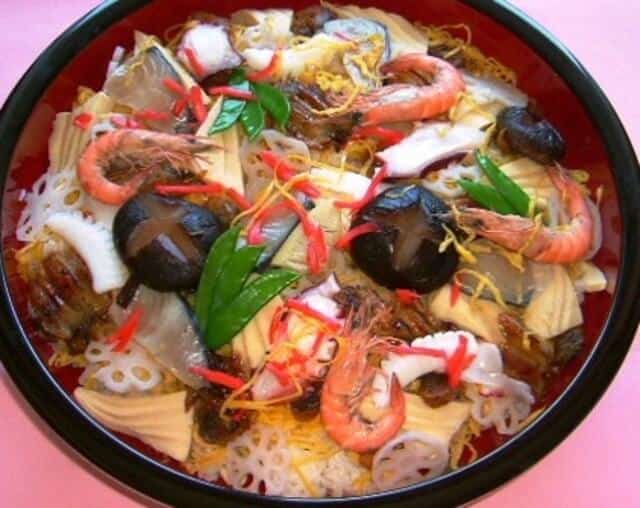
Okayama Barazushi (岡山ばら寿司) is a traditional and visually striking style of scattered sushi (chirashizushi) that originates from Okayama Prefecture in Japan. Known for its beautiful presentation, generous toppings, and deep historical and cultural roots tied to the local samurai heritage. Unlike simpler versions of chirashizushi, Okayama Barazushi is with ingredients like steamed conger eel (anago), shrimp, lotus root, bamboo shoots, shiitake mushrooms, kinshi tamago (shredded omelet), snow peas, sometimes seasonal vegetables or pickles.
Okayama barazushi History

People in the Bizen Okayama region prepare matsuri-zushi for festivals, celebrations, and entertaining guests. Matsuri-zushi is also known as Okayama barazushi or Bizen barazushi.
This vibrant style of chirashi-zushi features a generous mix of vegetables and seafood. The dish includes rich ingredients from the Seto Inland Sea, beautifully arranged over sushi rice.
During the Edo period, Lord Ikeda Mitsumasa was the feudal lord of Okayama. He issued an order to curb extravagance among the common people. The order stated that commoners should limit their meals to “one soup and one dish.”
In response, the townspeople cleverly mixed more than ten kinds of seasoned vegetables together. They also added seafood into sushi rice packed in a half-cut tub. By using the ingredients as sushi toppings rather than side dishes, they found a solution. This allowed them to enjoy a rich meal while technically following the rule.
Households and regions developed their own variations using different toppings. Common ingredients included Spanish mackerel, conger eel, cockles, shrimp, bamboo shoots, and burdock. Some even steam the dish before eating, a warming preparation called nukuzushi, where nukui means “warm” in the Okayama dialect.
Preparing Okayama Barazushi

To prepare the dish, season parboiled vegetables with soy sauce, sugar, and salt. Lightly salt the mackerel, marinate it in vinegar until the edges turn white, and then remove it. Clean and boil the cockles, and make teriyaki-style conger eel by deboning and cooking it with soy sauce and sugar. Boil shrimp and squid with either soy sauce or salt, and soak sliced octopus in sweet vinegar. Rehydrate and boil freeze-dried tofu, and cut fried eggs into thin strips. Mix the prepared ingredients into vinegared rice, reserving the most visually appealing pieces to use as garnish.
FAQ
- Where can you eat Okayama barazushi?
You can enjoy Okayama barazushi at many sushi and Japanese restaurants throughout Okayama Prefecture, including Okayama City and Kurashiki City. It’s also sold as a tourist souvenir and ekiben (station lunchbox), and can be purchased at local restaurants and supermarkets.
- What’s the difference between barazushi and chirashizushi?
Barazushi is characterized by mixing finely chopped ingredients (like seafood and vegetables) into vinegared rice, then topping it with more luxurious ingredients. On the other hand, chirashizushi simply scatters ingredients over vinegared rice. Barazushi tends to be more generous with ingredients and has a more luxurious presentation.
- What ingredients are used?
Okayama barazushi features fresh seafood from the Seto Inland Sea (like Spanish mackerel, mamakari shrimp, conger eel, and octopus) and seasonal vegetables (such as lotus root, carrot, pea, shiitake mushroom, kanpyo gourd, freeze-dried tofu, and thin omelet strips). Spanish mackerel and mamakari shrimp are particularly famous as local Okayama specialties.
Summary
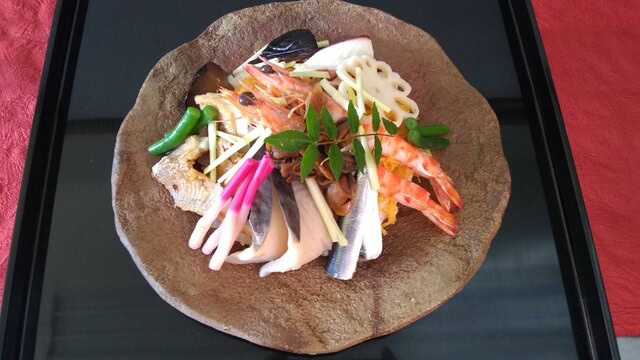
Okayama barazushi is a flavorful expression of local history, creativity, and celebration. From its vibrant ingredients to its roots in the resourcefulness of the Edo period, every bite tells a story unique to the Okayama region. If you ever find yourself in Japan, don’t miss the chance to try this regional specialty. Whether enjoyed during a festival or picked up from a local shop, Okayama barazushi offers a delicious and memorable taste of tradition.
If you enjoyed learning about Okayama barazushi, you might also want to explore other regional sushi styles like Kanazawa’s gomoku sushi or Kyushu’s oshizushi—each offering its own local twist and seasonal charm.
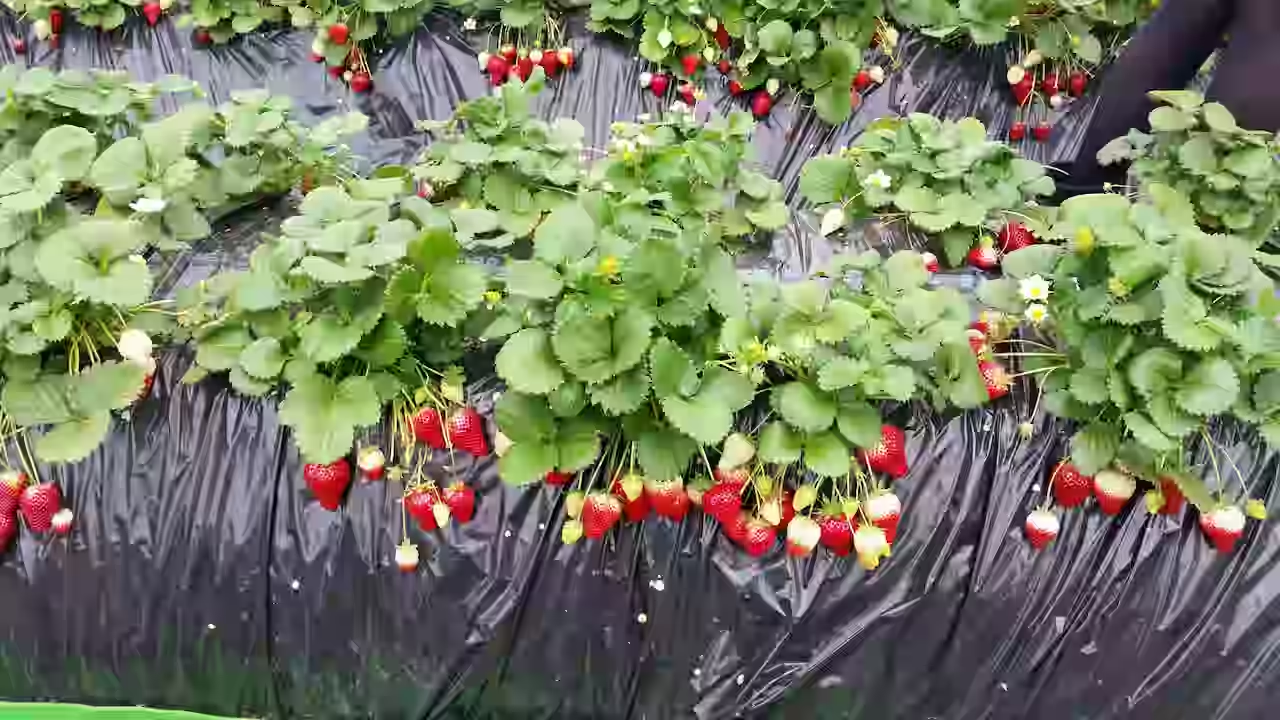
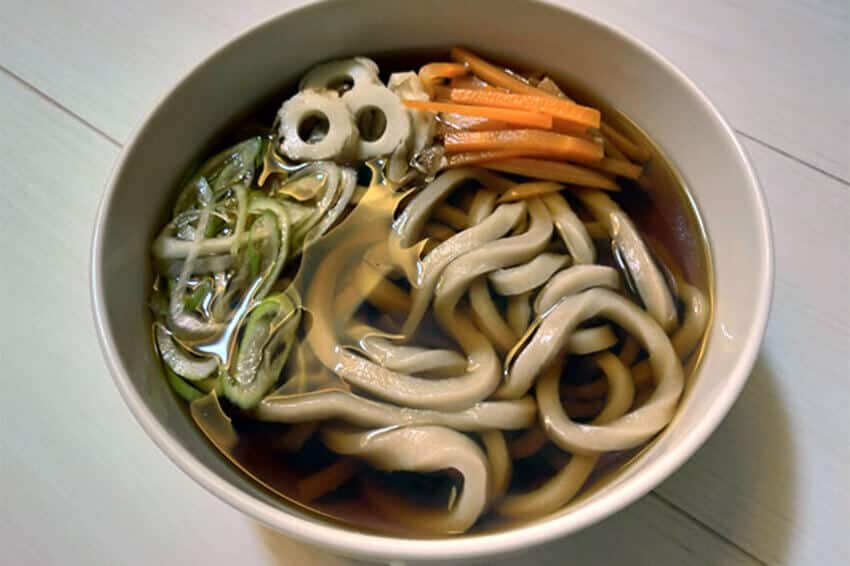
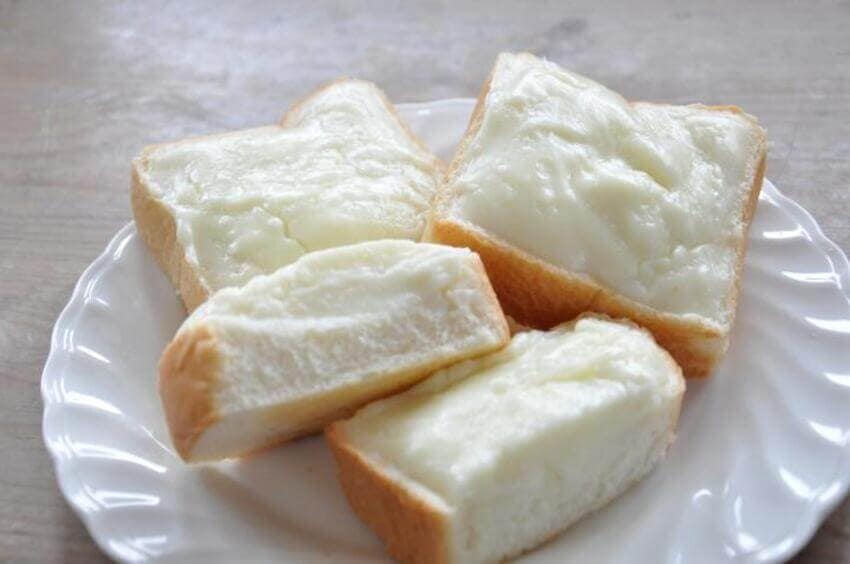
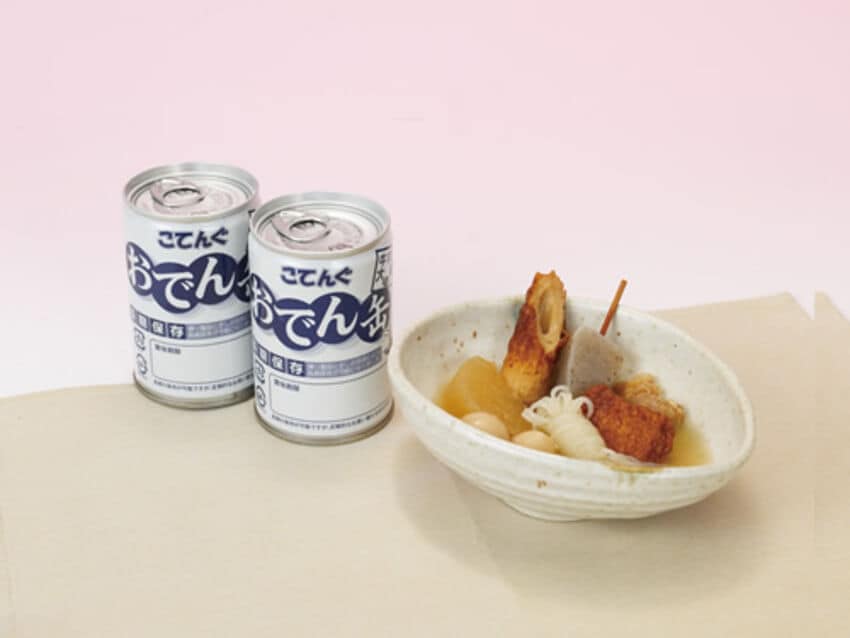
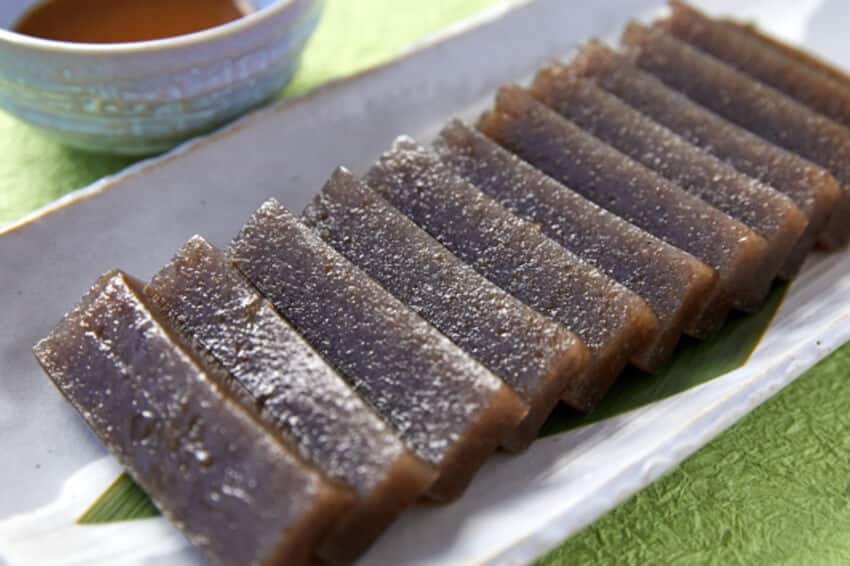


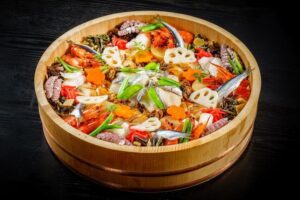
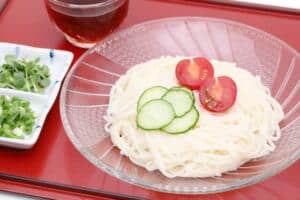
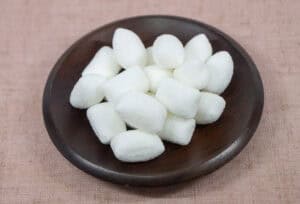
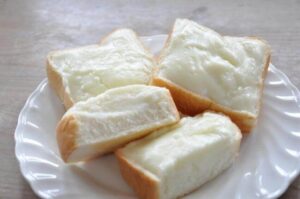
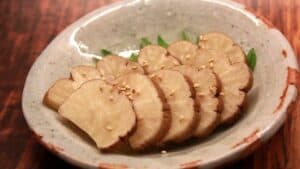
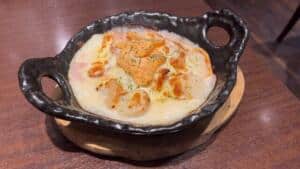
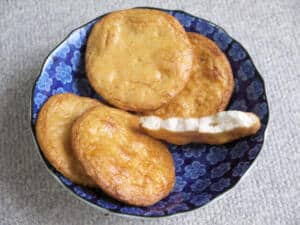
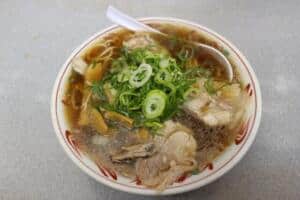
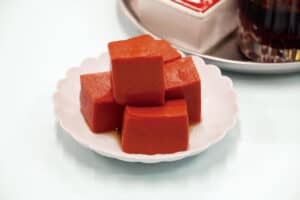
Comments